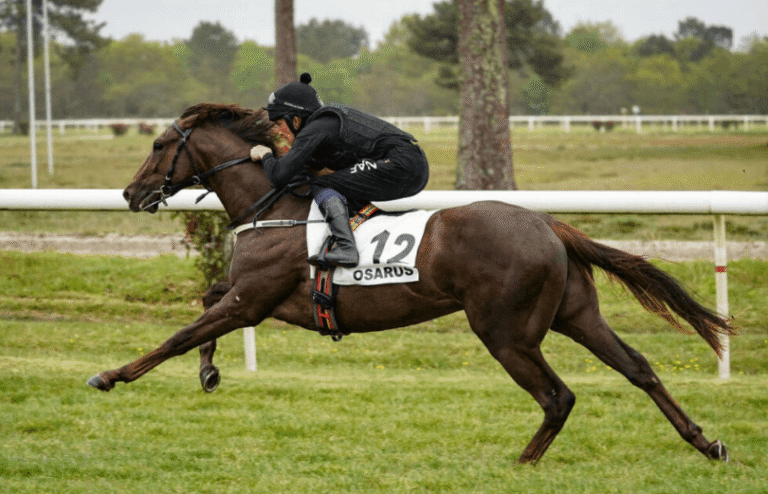Racehorse training is both an art and a science, evolving over centuries to combine tradition, experience, and modern innovation. From ancient techniques relying on intuition to today’s data-driven approaches, the methods used to prepare racehorses have continually adapted to improve performance, ensure horse welfare, and enhance competitiveness.
Understanding how training has evolved provides insight into the development of elite racehorses and the increasing professionalism of the sport.
1. Early Training Methods
In the early days of horse racing, training was largely based on observation and experience:
- Basic Exercise Routines: Horses were exercised regularly on tracks or open fields to build stamina.
- Manual Conditioning: Trainers relied on long gallops and simple repetition to improve speed and endurance.
- Natural Instincts: Horses’ natural competitiveness was harnessed through informal races or chases.
While effective for the time, these methods often lacked scientific oversight, sometimes leading to overtraining or injury.
2. The Introduction of Structured Training
By the 19th and early 20th centuries, trainers began developing more systematic approaches:
- Interval Training: Alternating periods of sprinting and slower work to build both speed and endurance.
- Diet and Nutrition: Specialized feed and supplements were introduced to improve strength and recovery.
- Record Keeping: Trainers began documenting workouts, race times, and horse behavior to track progress.
These methods laid the foundation for modern racehorse conditioning, emphasizing balance and long-term performance.
See also: Horse Racing and Animal Welfare: Striving for Ethical Treatment
3. Veterinary Science and Health Monitoring
The 20th century brought a scientific revolution to horse training:
- Medical Assessments: Regular veterinary checkups became standard to prevent and treat injuries early.
- Physiological Monitoring: Heart rate, respiration, and gait analysis allowed trainers to optimize workouts.
- Injury Prevention: Knowledge of equine anatomy enabled better protection of joints, tendons, and muscles.
Integrating veterinary science ensured that horses could train safely and reach peak performance.
4. Modern Training Technologies
Today’s racehorse training combines traditional methods with cutting-edge technology:
- Wearable Devices: Track heart rate, stride length, and speed to fine-tune workouts.
- GPS and Motion Sensors: Provide real-time data on movement patterns and efficiency.
- Biomechanics Analysis: Helps refine running technique and identify areas at risk for injury.
- Simulators and Treadmills: Allow controlled training in varying conditions without the risks of outdoor tracks.
Technology enables data-driven training, reducing guesswork and maximizing results.
5. Tailored Training Programs
Modern trainers focus on individualized programs that account for each horse’s abilities and temperament:
- Breed-Specific Strategies: Thoroughbreds, Standardbreds, and Quarter Horses require different approaches.
- Age and Development Considerations: Young horses undergo gradual conditioning to protect growing bones and joints.
- Psychological Conditioning: Mental training, including exposure to crowds and gate practices, improves focus on race day.
Tailored training enhances both performance and welfare, creating a well-rounded racehorse.
6. The Role of Nutrition and Recovery
Training evolution has emphasized that performance isn’t just about speed—recovery is equally important:
- Specialized Diets: High-energy feeds, electrolytes, and supplements support stamina and muscle development.
- Recovery Techniques: Hydrotherapy, massage, and controlled rest periods prevent overtraining.
- Monitoring Fatigue: Using biomarkers and performance data, trainers can adjust workloads to avoid burnout.
Proper nutrition and recovery maximize longevity and racing potential.
7. Ethical and Welfare Considerations
Modern training methods place a greater emphasis on ethical treatment:
- Avoiding over-racing and overtraining.
- Monitoring for signs of stress or injury.
- Implementing retirement and post-care programs.
This evolution reflects the recognition that welfare and performance go hand-in-hand.
Conclusion
The evolution of racehorse training methods reflects a journey from intuition-based approaches to data-driven, scientifically-informed practices. By integrating experience, veterinary science, technology, and individualized care, trainers can develop elite athletes while ensuring ethical treatment.
Today’s racehorses are faster, stronger, and healthier than ever, thanks to centuries of innovation and continuous learning in training practices. The future promises even more advancements, with technology and science driving the next generation of champions.
